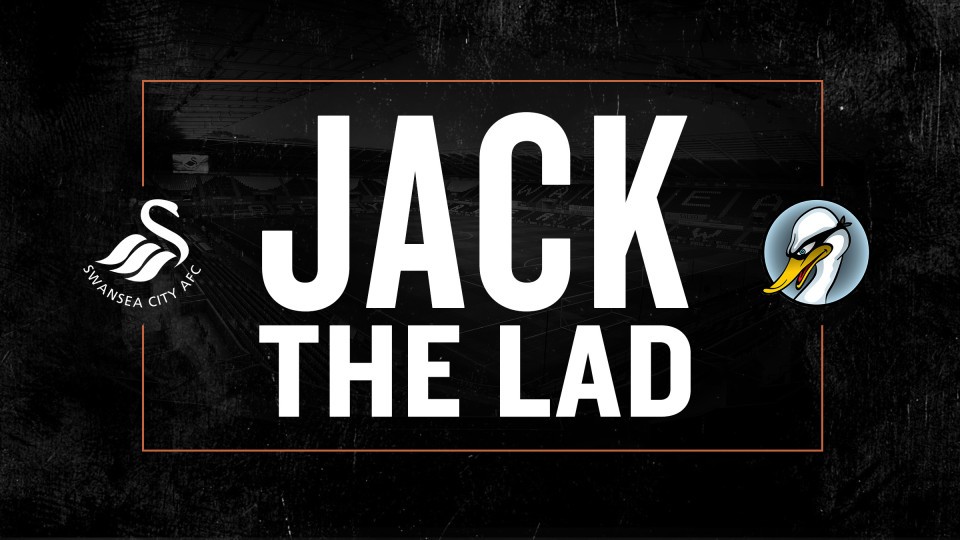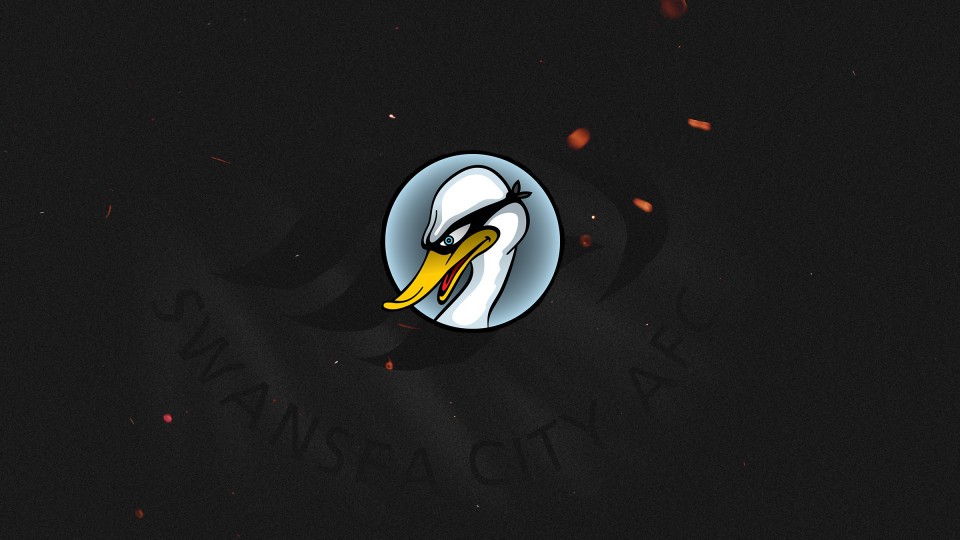Jack The Lad: My first Swans shirt
In his latest column, supporter-turned-blogger Jack The Lad reminisces about his first Swansea City shirt and sliding in kerosene!
The "Tosh: A Swansea Football Fairytale" exhibition currently housed at Galerie Simpson in the city's High Street is certainly bringing the memories flooding back for Swans fans of a certain age.
The exhibition is packed with memorabilia from the John Toshack era of the late 70s and early 80s when the former Liverpool and Wales striker-turned-rookie-player-manager led the Swans from the Fourth to the First Division in record time.
One of the most evocative exhibits for me is the white adidas shirt which the Swans wore during the Second Division promotion winning season of 1980-81.
I absolutely loved that shirt. Not just because it was the first genuine football shirt I’d been given, it was more importantly my first ever Swans shirt.
And just to add icing on the cake, it was made by adidas, one of the must-have sportswear brands at the time.
For the Swans to be kitted out in such a prestigious and sought after brand made the shirt even more desirable.
I’m not entirely sure how many dishes I washed, garden weeds I pulled up, or buckets of coal I filled at home to make me deserving of my first non-Woolworth made football shirt, but I must have been particularly industrious that summer.
Anyway, when the Swans kicked off the season, I was the proud owner of a pristine-white, silky-to-the-touch, football shirt, which was made all the more special because it was different to any other adidas shirt I had seen before.
Instead of the three stripes running from collar to cuff, as they normally did on adidas shirts, they only ran to the shoulder.
Some cruelly suggested that this was some manufacturing error, but to me, it made the shirt even more special because it was unique to the Swans.
So proud of my new shirt was I, it had to be worn at every possible opportunity. It wasn’t just going to be kept for matchdays and general leisure wear, I decided it was also going to be worn for football training.
Now, in fairness to my mother, she did question the wisdom of wearing my new white football shirt for practice on the notoriously ropey football pitch at my predominantly rugby-playing school.
However, like all early teens, I obviously knew best, despite the fact that common sense and plain hard facts came down heavily on the side of my mother’s opinion
Like everything else football-related at my school, the playing facilities were very much second-rate.
Our football pitch doubled as the school rugby team’s third pitch. The goal posts were, in fact, rugby posts. A horizontal wooden plank, added to the structure a couple of feet below the rugby crossbar, acted as the football crossbar.
The pitch was by some considerable distance the furthest away from the changing rooms and was situated next to the neighbouring sewage farm.
As well as sharing the pitch with the rugby third team, we also regularly used to share it with stray cows from a local farmer’s field.
The soggy South Wales weather and the regular incursions from our four-legged bovine neighbours, meant the surface was generally a mixture of mud, sparse smatterings of grass and the occasional deposit from Daisy and her friends.
Despite the impeding threat to my new shirt, in my head, I looked just like the elegant Swans defender Leighton Phillips as I strode out on to the school football pitch in my sparkling white Swans shirt.
Indeed, my first act was to execute a perfectly timed sliding tackle, exactly as the Welsh international would have done.
Unfortunately, the momentum of my slide on the muddy, wet, cow-pat covered pitch, took me gliding over the touchline, which had been marked out with . . . kerosene!
During the 1970s kerosene was considered to be a cheap alternative to normal pitch markings because it was particularly long lasting. It was also highly flammable, which I supposed could have come in handy during night games. But it wasn’t its combustible nature which was to cause me difficulties.
Mud can be difficult to get out of a white shirt, cow pats can have their challenges, but kerosene?!
Despite several soakings in Persil, even the one that used to promise to turn your clothes a “bluey white” the kerosene stain wouldn’t budge.
But the worse thing about this particular stain wasn’t just its stubbornness; it was its positioning on the tail of my shirt.
If I wore my shirt outside of my shorts, the rather suspicious-looking splatter-shaped brown stain, sat squarely on my backside.
Even if I tucked it in, a couple of inches worth of stain would peek ominously over my waistband, which looked even more suspect!
But having waited so long for my first proper football kit, a slightly suspiciously soiled Swans shirt was better than no Swans shirt at all.
And, on the plus side, the suspicious brown stain meant opposition players seemed reluctant to mark me too closely in football practice, and it seemed to buy me an extra inch or two of space on a packed North Bank too!
The exhibition at Galerie Simpson runs until October 22.
C’mon you Swans!

